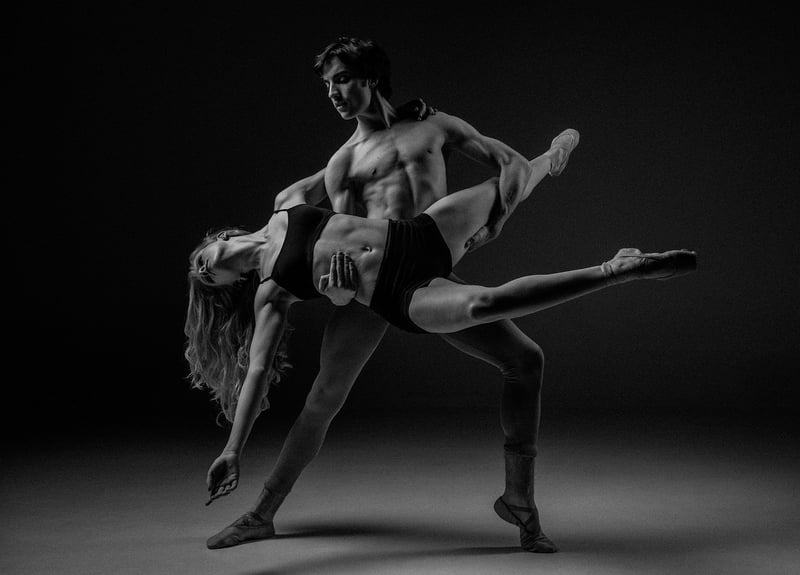Hip Hop
The Power of Expressive Movement in Hip Hop

Hip hop, as a cultural movement, has always been deeply rooted in expressive movement. From its early days in the Bronx to its global influence today, hip hop dance has been a powerful form of self-expression and storytelling.
History of Hip Hop Dance
Hip hop dance originated in the 1970s in New York City, primarily among African American and Latino youth. It was a way to channel creativity and energy through movement, often in response to social and political issues of the time.
Elements of Expressive Movement in Hip Hop
- Isolation: Hip hop dance involves isolating different parts of the body to create intricate movements and rhythms.
- Fluidity: Fluid movements are key in hip hop, allowing dancers to transition seamlessly between steps.
- Emotion: Dancers use their movements to convey a wide range of emotions, from joy and celebration to anger and protest.
- Storytelling: Hip hop dance is a form of storytelling, with each movement and gesture adding to the narrative of the performance.
Impact of Expressive Movement
Expressive movement in hip hop has had a profound impact on mainstream culture, influencing not only dance but also fashion, music, and art. It has provided a platform for marginalized voices to be heard and celebrated.
Embracing Diversity
One of the most beautiful aspects of hip hop dance is its ability to bring people together from diverse backgrounds. It transcends language and cultural barriers, allowing individuals to connect through movement and music.
Join the Movement
Whether you're a seasoned dancer or just starting out, hip hop dance offers a space for everyone to express themselves freely. So put on your dancing shoes, feel the rhythm, and join the movement!
Are you ready to unleash your creativity through expressive movement in hip hop? Let the music guide you and dance like nobody's watching!
Image source: Pixabay
